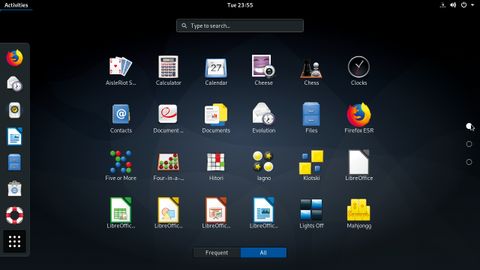


The software is usually adapted to the distribution and then combined into software packages by the distribution's maintainers. Ī Linux distribution may also be described as a particular assortment of application and utility software (various GNU tools and libraries, for example), packaged with the Linux kernel in such a way that its capabilities meet many users' needs. Usually, Linux distributions optionally include some proprietary software that may not be available in source code form, such as binary blobs required for some device drivers. Most of the included software is free and open-source software made available both as compiled binaries and in source code form, allowing modifications to the original software. Linux users usually obtain their operating system by downloading one of the Linux distributions, which are available for a wide variety of systems ranging from embedded devices (for example, OpenWrt) and personal computers (for example, Linux Mint) to powerful supercomputers (for example, Rocks Cluster Distribution).Ī typical Linux distribution comprises a Linux kernel, GNU tools and libraries, additional software, documentation, a window system (the most common being the X Window System, or, more recently, Wayland), a window manager, and a desktop environment. Ubuntu, one of the most popular desktop Linux distributionsĪ Linux distribution (often abbreviated as distro) is an operating system made from a software collection that includes the Linux kernel, and often a package management system.


 0 kommentar(er)
0 kommentar(er)
